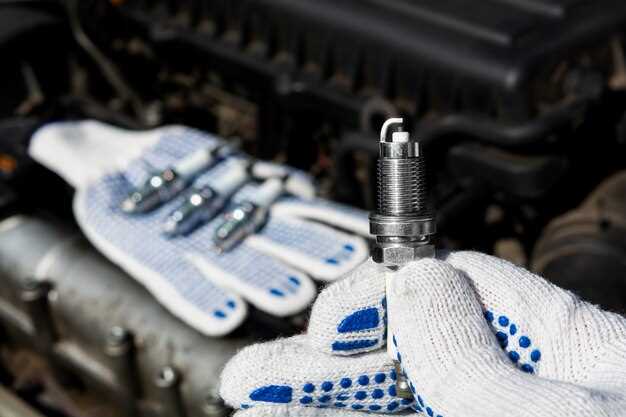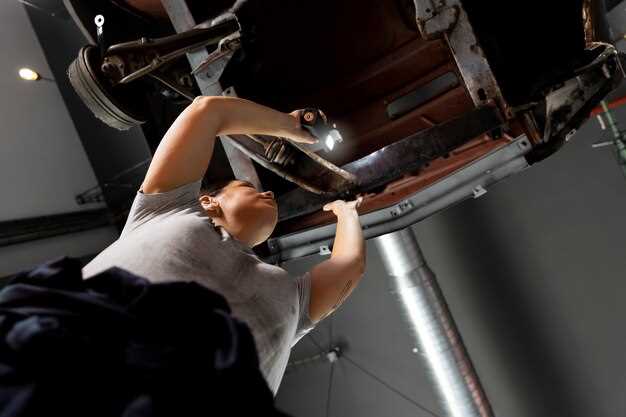
Choosing the right exhaust system is crucial for enhancing the performance of your vehicle. Whether you’re a motorcycle enthusiast looking to upgrade or simply seeking to optimize your car’s capabilities, understanding the options available is essential. An effective exhaust system not only improves engine efficiency but also contributes to a more exhilarating ride.
Upgrading your exhaust can unlock a variety of benefits, from increased horsepower to improved fuel efficiency. For motorcycle owners, this means a more responsive throttle and a thrilling acceleration experience. In addition, an aftermarket exhaust can provide a distinctive sound that reflects your personal style and enhances the overall riding experience.
As you embark on the journey of selecting the best exhaust system for your vehicle, it’s important to consider several factors, including material quality, design, and compatibility with your specific make and model. With so many options on the market, we will guide you through the key aspects to look for when making your choice, ensuring that your upgrade meets your performance goals while enhancing your vehicle’s aesthetic appeal.
Understanding Different Types of Motorcycle Exhaust Systems

When it comes to enhancing your motorcycle’s performance, selecting the right exhaust system is crucial. There are several types of exhaust systems available, each designed to optimize the engine’s efficiency, enhance sound, and improve overall aesthetics. Understanding these options can help you make an informed decision for your upgrade.
The first type is the stock exhaust system, which comes standard with the motorcycle. While it meets legal noise and emission regulations, it often restricts performance. Upgrading from stock can lead to increased horsepower and torque, as aftermarket options are typically less restrictive.
Next, we have slip-on exhausts. These are designed to replace only the muffler section of the stock system. They are popular for their ease of installation and ability to improve sound quality without requiring extensive modifications. Slip-ons can enhance performance, but the gains may not be as substantial as a full system upgrade.
Full exhaust systems are another option, consisting of headers and mufflers. These systems replace the entire stock exhaust setup, providing significant performance improvements. A full system typically allows for better exhaust flow, reducing back pressure and enabling the engine to breathe more freely. This option is ideal for riders looking to maximize their motorcycle’s potential.
High-performance exhaust systems are designed for racing and serious enthusiasts. These systems are often made from lightweight materials, such as titanium or carbon fiber, to reduce weight and enhance responsiveness. The design focuses on optimizing power output, making them an excellent choice for competitive riders.
Lastly, dual exhaust systems feature two separate exhaust pipes rather than a single one. This design can create a distinct sound and aesthetic appeal while potentially increasing performance. They are commonly found on various cruiser models and some sport bikes.
In summary, the right motorcycle exhaust system can significantly impact your bike’s performance. Assess your riding style, budget, and desired improvements to choose the best system for your upgrade.
Key Performance Factors to Consider When Upgrading Exhaust
Upgrading your vehicle’s exhaust system can significantly impact its overall performance. As you contemplate this enhancement, several critical factors should guide your decision-making process. Understanding these elements will ensure you achieve the desired results while maximizing the benefits of your upgrade.
1. Diameter and Shape of Pipes: The diameter of the exhaust pipes directly influences exhaust flow. A larger diameter allows for more efficient expulsion of exhaust gases, which can improve engine performance, especially in high-performance vehicles. However, excessively large pipes can hinder backpressure, negatively affecting low-end torque. Thus, selecting the appropriate pipe diameter is vital for optimized performance.
2. Material Quality: The materials used in the exhaust system affect durability and weight. Stainless steel and aluminized steel are common choices, with stainless steel offering superior corrosion resistance and longevity. Lightweight materials can enhance overall vehicle performance by reducing weight, whereas heavy materials may decrease efficiency.
3. Muffler Design: The type of muffler chosen plays an essential role in sound and flow characteristics. Performance mufflers are designed to minimize backpressure and improve exhaust flow, significantly boosting engine output. Consider whether you prefer a louder, more aggressive sound or a quieter operation, as different designs cater to these preferences.
4. Catalytic Converter: If you are upgrading your exhaust system, consider the catalytic converter’s performance. High-flow catalytic converters can improve exhaust flow while maintaining emissions compliance. Upgrading the catalytic converter can enhance the overall efficiency and performance of your vehicle without sacrificing environmental responsibility.
5. Installation Angle and Position: The alignment of the exhaust system can also impact performance. Properly positioned pipes and components ensure optimal exhaust flow and reduce the risk of unwanted vibrations and noise. It’s important to pay careful attention to the installation process to realize the full benefits of your upgrade.
By considering these performance factors when upgrading your vehicle’s exhaust system, you can achieve significant improvements in power, efficiency, and sound. Make informed decisions based on these criteria to enhance your driving experience effectively.
Installation Tips and Maintenance for Optimal Exhaust Performance

When upgrading the exhaust system on your motorcycle, proper installation is crucial for maximizing performance and longevity. Start by selecting a high-quality exhaust kit that fits your specific model. Ensure that all necessary components are included, such as gaskets, clamps, and hardware.
Before installation, gather the right tools, including wrenches, a torque wrench, and a pipe cutter if needed. It’s advisable to work in a clean, well-lit space to avoid losing small components. Before removing the stock exhaust, take detailed notes or photos of the existing setup. This will help guide the installation process and ensure that all parts are connected correctly.
During the installation, follow the manufacturer’s instructions carefully. Pay special attention to torque specifications for bolts and connections to prevent exhaust leaks or system failure. After securing the new exhaust, check for clearance from the motorcycle’s body and suspension components to prevent vibration-induced damage.
Once the upgrade is complete, perform a thorough inspection for any leaks. Starting the motorcycle and listening for unusual noises can also help identify potential issues. If you notice anything out of the ordinary, revisit your installation to make adjustments.
Regular maintenance is vital to sustain optimal exhaust performance. Check for rust, corrosion, or damage periodically, especially if you ride in harsh weather conditions. Clean the exhaust system with appropriate cleaners to remove dirt and grime, ensuring better airflow and efficiency.
Inspect the hangers and mounts routinely, as these components can wear down over time. Tighten any loose connections and replace damaged parts promptly to prevent further complications. If your motorcycle has a catalytic converter, ensure it remains in good condition for emissions compliance and performance.
By following these installation tips and committing to regular maintenance, you can ensure that your motorcycle’s upgraded exhaust system delivers peak performance and longevity.
